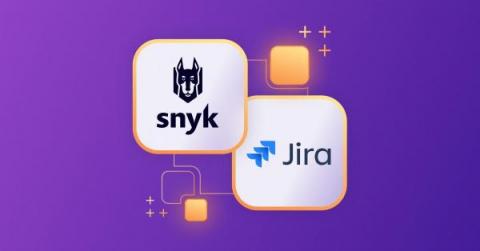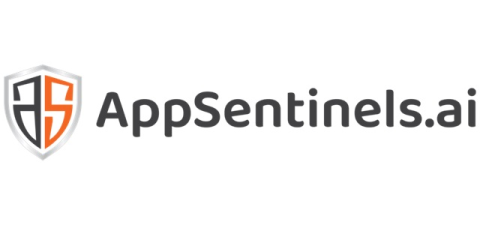Security | Threat Detection | Cyberattacks | DevSecOps | Compliance
Vulnerability
Snyk welcomes Enso: Enabling security leaders to scale their AppSec program with ASPM
As we approach the second half of 2023, both security and development teams are seeing seismic shifts in the application security world. AI is powering a productivity revolution in development, enabling developers of all types (and even non-developers) to introduce code faster than ever. Meanwhile, it’s more difficult than ever for developers and AppSec professionals to identify and prioritize true risk to the business.
Snyk Learn now aligns with the NIST NICE Workforce Framework
We are excited to announce that Snyk Learn, our developer-first cybersecurity education platform, is now aligned with the National Institute of Standards and Technology's (NIST) National Initiative for Cybersecurity Education (NICE) Framework.
Reduce risk to your supply chain with a software bill of materials (SBOM)
Today, we’re excited to launch a few new features as part of our ongoing efforts in our Software Supply Chain Security solution. These developer-first tools help you gain a better understanding of your app’s supply chain, identify potential risks, and take the necessary steps to get ahead of them.
Announcing Insights: Helping you focus on top risks for your organization
Modern applications are built, deployed and, run in increasingly complex and dynamic environments. Assessing and prioritizing the security issues introduced by these applications without taking this context into account inevitably leads to focusing remediation efforts on the wrong set of issues. This not only results in real risk slipping under the radar but also wastes the valuable time of developers, increasing their frustration and eroding their trust in security.
Risk-based Vulnerability Management: A Bigger Bang for Your Buck
Every five to ten years, major technology shifts change the way that vulnerability assessment and the related IT risk mitigation processes are approached or implemented. What has remained constant is the formula we use to measure risk and thus prioritize and triage vulnerabilities. Risk = (Likelihood of event) * (Impact of consequences) It’s an approach that intuitively makes sense, but there have been two challenges with how this formula has been applied.
Snyk scanning capabilities are now embedded in Jira Software
Today, development is faster than ever. More apps and code are being written than ever before. There are more third-party dependencies in use to speed development, more containerization, and even code that controls the deployment and configuration of apps and the cloud. To ship quickly, developers need to stay on top of security issues. They want to understand how to build secure applications by getting feedback as they work.
OWASP API Security Top 10 2023 Explained
The Open Web Application Security Project (OWASP) is a non-profit foundation devoted to web application security. One of OWASP's guiding principles is that all of their resources should be freely available and simple to find on their website, enabling anyone to increase the security of their own web applications. They provide forums, tools, videos, and documentation among other things.
Checklist for Developers to Build Secure APIs
Movin' Out: Identifying Data Exfiltration in MOVEit Transfer Investigations
CrowdStrike incident responders have been at the forefront of investigating impacted victims of CVE-2023-34362. Since the release of the vulnerability, there has been great collaboration across the cybersecurity industry, and this blog will cover novel details for teams investigating the potential impact to their organizations.











